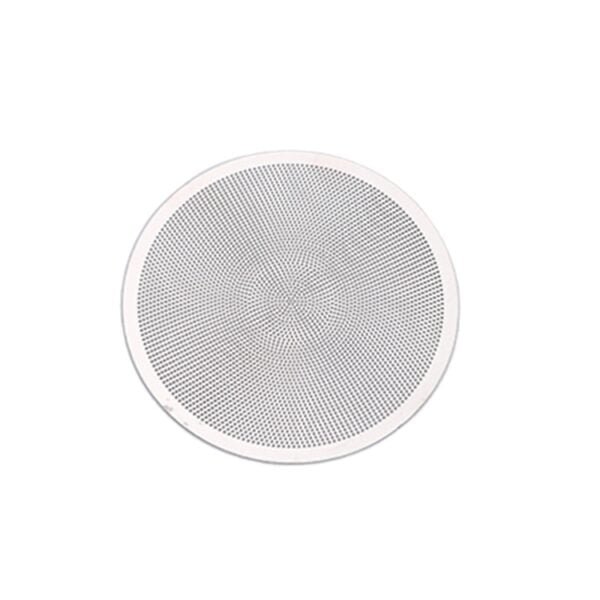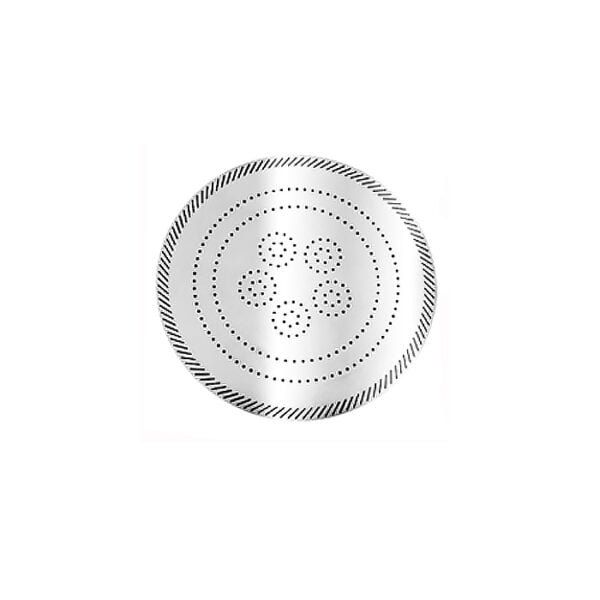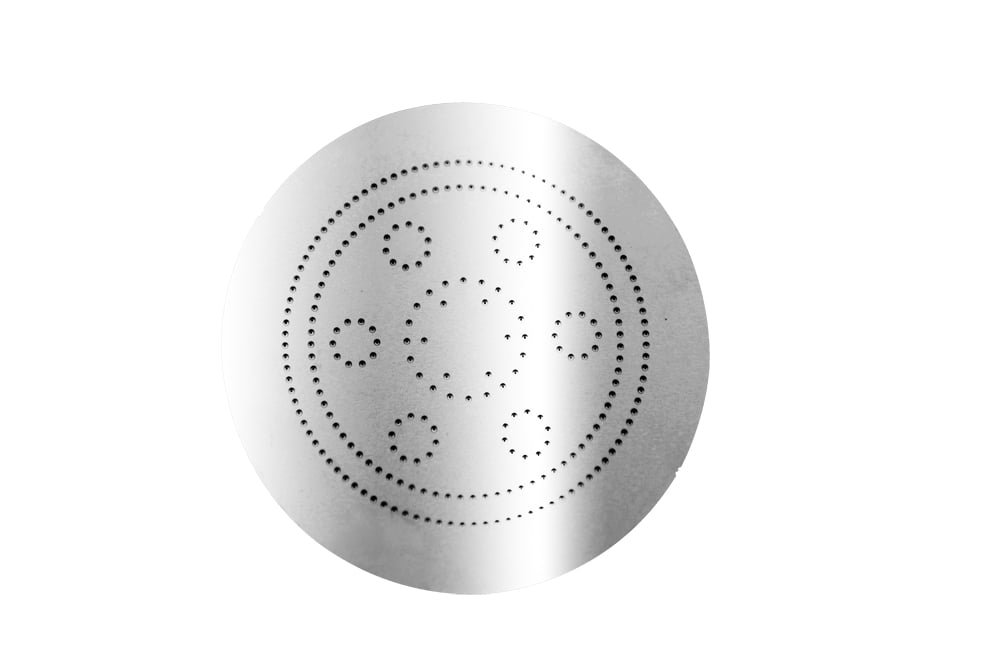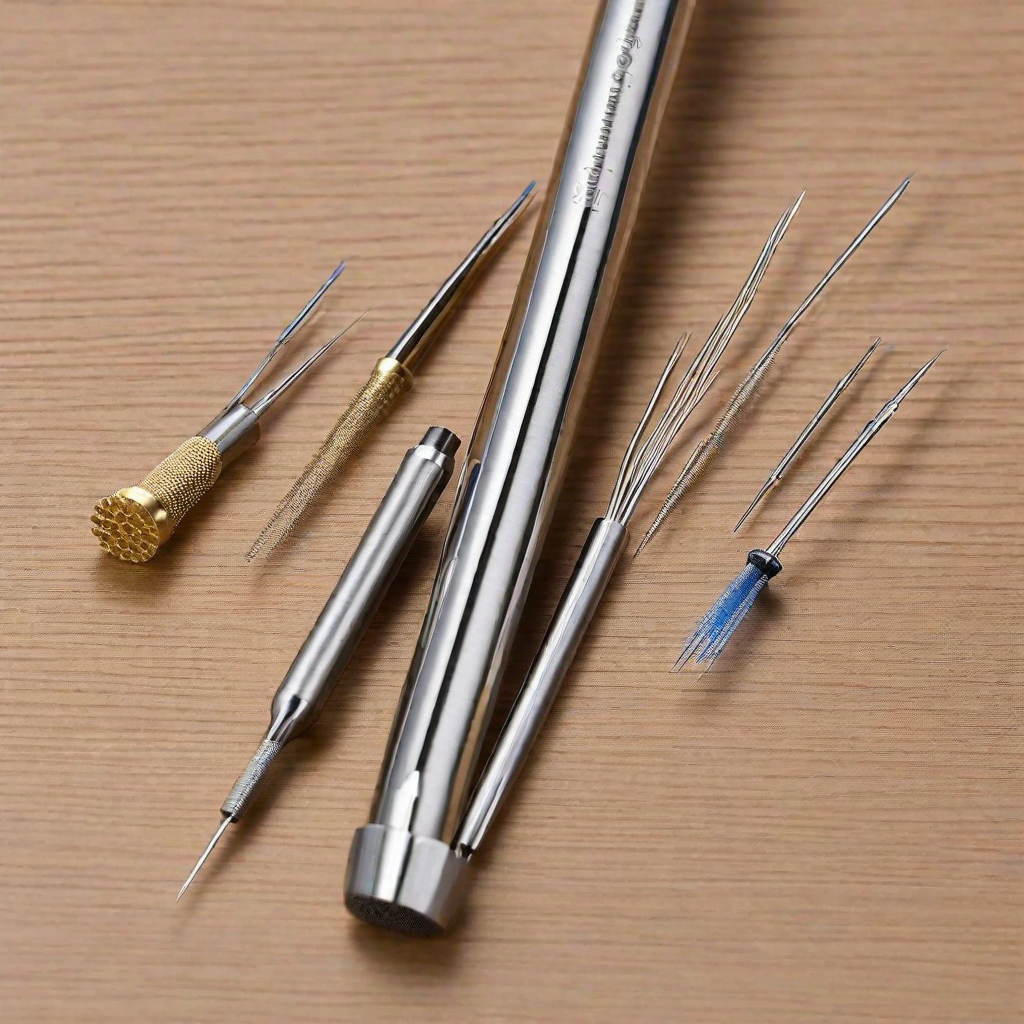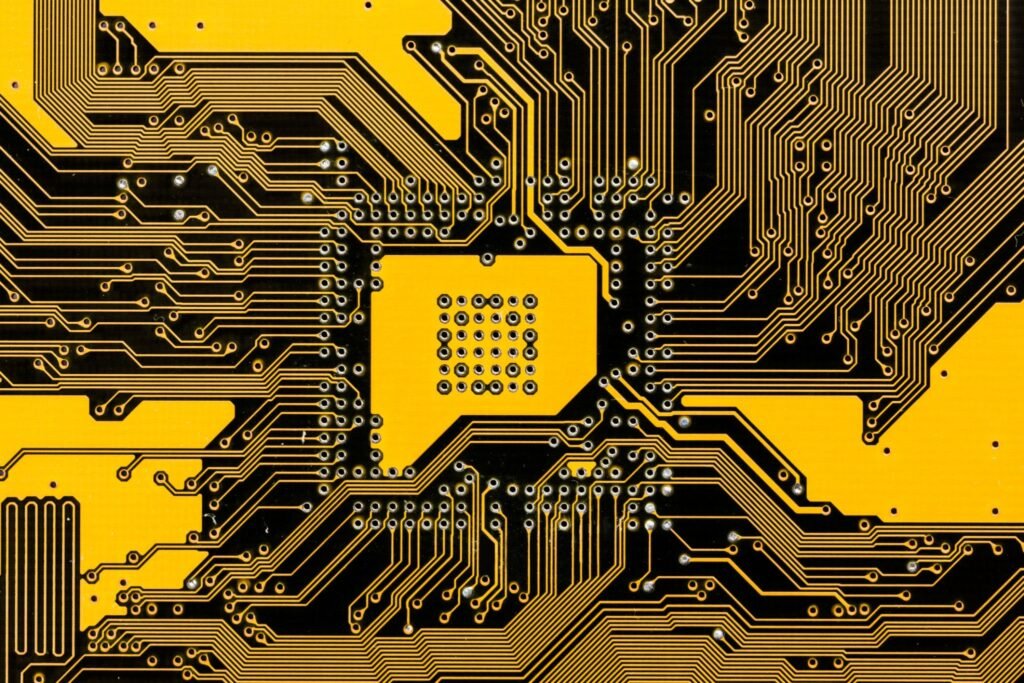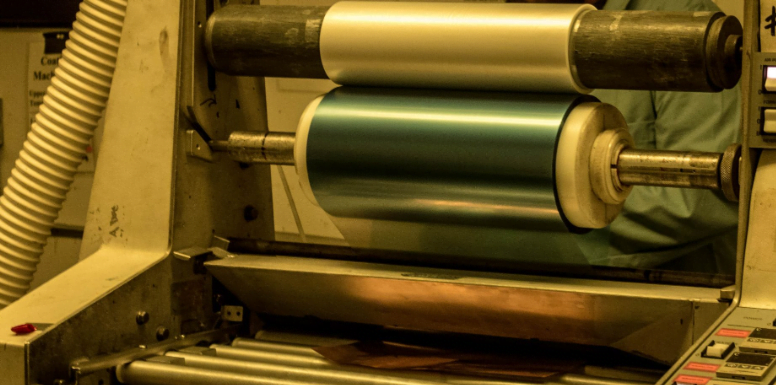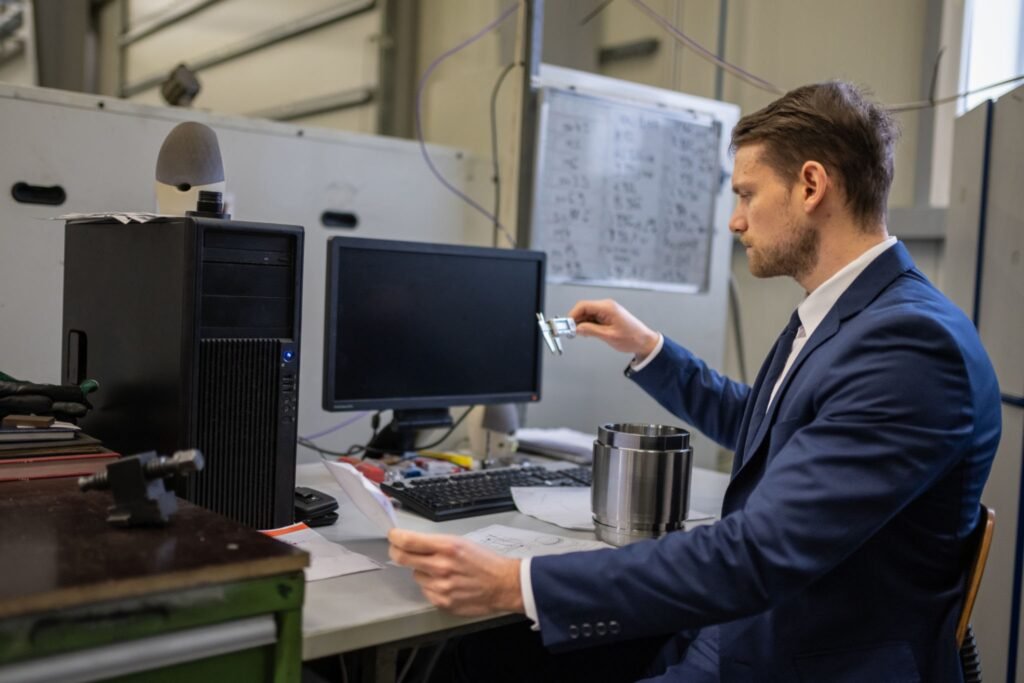The chemical etching process for molybdenum creates precision components by selectively removing metal through a photoresist mask. This advanced technique offers numerous advantages over conventional sheet metalworking, including the ability to produce parts without degrading material properties, as no force or heat is used during processing. It also allows for almost limitless part complexity, with component features machined simultaneously using etchant chemistries.
Table of Contents
- What is Chemical Etching Molybdenum and How Does It Work?
- Digital Tooling and Economic Efficiency
- View our chemical etching Molybdenum process capabilities and pricing packages
What is Chemical Etching Molybdenum and How Does It Work?
Chemical etching molybdenum is a metalworking process that utilizes specialized corrosive chemicals to etch complex and precise components from molybdenum. This process is highly favored in modern metal machining due to its high precision, low failure rate, and the unique properties of molybdenum, such as its high melting point and excellent strength at elevated temperatures.
The chemical etching process for molybdenum begins by laminating the metal with a light-sensitive photoresist, which is then exposed to UV light to transfer the CAD image of the component. The unexposed photoresist areas are developed and removed, and the exposed metal is sprayed with specific etchant chemicals tailored for molybdenum to accurately remove the unprotected areas. Finally, the remaining photoresist is stripped away to reveal the finished etched component.
Digital Tooling and Economic Efficiency
One of the key advantages of chemical etching molybdenum is its use of digital tooling. Unlike traditional methods that require expensive and difficult-to-adapt steel molds, digital tooling for etching is quick to adapt and change, often within an hour. This ensures that large quantities of products can be reproduced with zero tool wear, guaranteeing that the first and millionth part produced are exactly the same.
The adaptability of digital tooling makes it ideally suited for both prototype and high-volume production runs. This “risk-free” design optimization incurs no financial penalties and boasts a turnaround time that is estimated to be 90% quicker than for stamped parts, which also require substantial upfront investment in mold fabrication.
View our chemical etching Molybdenum process capabilities and pricing packages
[custom_pricing]
Applications of Etched Molybdenum Components
The chemical etching process is suitable for virtually any molybdenum component between 0.01mm and 1.5mm in thickness. Here are some examples where chemical etching molybdenum truly adds value:
-
Etching of Ultra-Thin, Ultra-Dense Grating Metal Disk for Optical Applications
Precision etching of a metal disk featuring ultra-thin and ultra-dense grating, designed for optical applications. View our etching production facility WET – Precision Etching Specialist
-
Super Hard Stainless Steel Metal Shim Etching
Accurate etching of super-hard stainless steel metal shims for applications requiring exceptional hardness and durability. View our etching production facility WET – Precision Etching Specialist
Heat Shields and Thermal Management Components: Molybdenum’s high melting point and thermal stability make it ideal for components used in high-temperature environments. Chemical etching allows for the creation of intricate heat shields and thermal management components that can withstand extreme conditions without deforming or degrading.
Micro-Electromechanical Systems (MEMS): Molybdenum is often used in MEMS devices due to its mechanical properties and electrical conductivity. The precision of chemical etching is crucial for producing the fine features required in these miniature devices, ensuring reliability and performance in applications such as sensors and actuators.
Semiconductor Manufacturing: Molybdenum components are widely used in the semiconductor industry for their excellent performance in high-temperature and corrosive environments. Chemical etching provides the precision needed for fabricating components like targets for sputtering processes and components in chemical vapor deposition (CVD) systems.
Medical Devices: Due to its biocompatibility and strength, molybdenum is used in various medical devices. Chemical etching allows for the production of detailed and complex components necessary for medical implants and instruments, ensuring precision and safety.
Summary
Molybdenum exhibits a range of characteristics that make it ideal for numerous industrial applications. The chemical etching process offers significant advantages for producing complex and safety-critical molybdenum components, including:
- No expensive hard tooling
- Rapid transition from prototype to production
- Almost unlimited part complexity
- Burr- and stress-free component features
- Unaffected metal properties
- Suitability for all grades, with accuracy to ±0.025 mm
- Lead times measured in days, not weeks or months
The versatility of chemical etching molybdenum, combined with WET Etched’s extensive experience, makes it a compelling option for manufacturing molybdenum components across diverse and demanding applications. This process stimulates innovation, removing obstacles inherent in traditional sheet metalworking technologies.


